Jalapeno Plant Stages: A Guide to Growing Spicy Peppers
Introduction
Jalapenos are one of the most popular and versatile peppers in the world, known for their moderate heat and distinct flavor. Whether you’re a gardening enthusiast or a culinary aficionado, growing jalapenos at home can be a rewarding experience. This article will guide you through the various jalapeno plant stages, from seed to harvest, providing detailed insights into what to expect at each phase and how to ensure a bountiful yield.
Introduction to Jalapeno Peppers
Jalapenos (Capsicum annuum) are a type of chili pepper that originated in Mexico, with their jalapeno plant stages beginning in the city of Xalapa (or Jalapa), in the state of Veracruz, where they were traditionally cultivated. Jalapenos are typically harvested when they are green during one of the jalapeno plant stages, although they can be allowed to ripen to red, at which point they develop a slightly sweeter flavor.
These peppers are a staple in Mexican cuisine, and the different jalapeno plant stages have allowed them to find their way into dishes worldwide due to their versatile flavor profile and moderate heat, typically ranging from 2,500 to 8,000 Scoville Heat Units (SHU).
Stage 1: Seed Selection and Germination
The journey of a jalapeno plant begins with selecting the right seeds. This stage is crucial as it sets the foundation for the plant’s growth and productivity, marking the first of the many jalapeno plant stages.
Seed Selection
When selecting jalapeno seeds, it’s important to consider the following factors:
- Variety: There are several varieties of jalapenos, such as the ‘Early Jalapeno,’ ‘Jalafuego,’ and ‘Mucho Nacho.’ Each variety has its own characteristics in terms of size, heat level, and growing time. Choose a variety that suits your climate and personal preference.
- Source: Purchase seeds from a reputable supplier to ensure high germination rates and disease-free plants.
- Organic vs. Non-Organic: Organic seeds are grown without synthetic chemicals and may be more expensive. Non-organic seeds are often treated with chemicals to improve germination rates and protect against diseases.
Germination Process
Germination is the process by which a seed sprouts and begins to grow. Jalapeno seeds typically germinate within 7 to 14 days, but this can vary depending on the conditions provided, marking a crucial jalapeno plant stage.
- Soil Preparation: Use a well-draining, sterile seed-starting mix. This reduces the risk of fungal diseases that can affect young seedlings.
- Planting Depth: Plant the seeds about 1/4 inch deep in the soil. Cover them lightly with soil, and gently pat down.
- Watering: Keep the soil consistently moist but not waterlogged. Overwatering can lead to seed rot, while underwatering can prevent germination.
- Temperature: Jalapeno seeds require warm temperatures (between 70-85°F or 21-29°C) to germinate. Use a heat mat if necessary to maintain the optimal temperature.
- Light: While seeds don’t require light to germinate, placing the seedlings under grow lights after they emerge ensures they get enough light for healthy growth.
Stage 2: Seedling Development
Once the seeds have germinated, they enter the seedling stage. This is a critical jalapeno plant stage where the young plants establish themselves and develop the structures necessary for future growth.
Cotyledons and First True Leaves
The first structures to emerge from the soil are the cotyledons, also known as seed leaves. These are not true leaves but rather part of the seed that provides nutrients to the seedling. Shortly after, the first true leaves will appear, which are the plant’s initial foliage and an indication that the plant is starting to photosynthesize.
Care During the Seedling Stage
- Light: Provide 14-16 hours of bright, indirect light each day. If using artificial lights, keep them a few inches above the seedlings and raise them as the plants grow.
- Watering: Keep the soil evenly moist. Seedlings are particularly vulnerable to drying out or becoming waterlogged, both of which can be fatal.
- Temperature: Maintain a temperature between 70-75°F (21-24°C). Seedlings are less tolerant of temperature fluctuations than mature plants.
- Thinning: If you planted multiple seeds in one container, thin the seedlings to one per pot or cell to reduce competition for resources.
- Fertilization: Once the first true leaves appear, you can start feeding the seedlings with a diluted, balanced fertilizer. Be cautious not to over-fertilize, as this can cause nutrient burn.
Stage 3: Vegetative Growth
After the seedling stage, the jalapeno plant enters a period of rapid vegetative growth, another crucial jalapeno plant stage. This stage is characterized by the development of leaves, stems, and roots, which will support the plant’s future fruit production.
Leaf and Stem Development
During this stage, the plant focuses on growing new leaves and strengthening its stem. The leaves are responsible for photosynthesis, the process by which the plant converts sunlight into energy. The stem provides support and acts as the main conduit for water and nutrients between the roots and leaves.
Root Development
Healthy root development is essential for a strong, productive plant. During the vegetative stage, the roots will spread out and grow deeper into the soil, allowing the plant to absorb more nutrients and water.
Care During Vegetative Growth
- Light: Continue providing plenty of light. If growing indoors, consider using a full-spectrum grow light to ensure the plant gets the necessary wavelengths for growth.
- Watering: Water the plant regularly, ensuring the soil remains moist but not soggy. Consistent watering is key to avoiding stress, which can lead to stunted growth.
- Fertilization: Use a balanced fertilizer (such as a 10-10-10) to provide essential nutrients. Fertilize every two to three weeks, following the manufacturer’s instructions.
- Pruning: If desired, you can prune the plant to encourage bushier growth and more fruit production. Remove the growing tip of the main stem to promote lateral branching.
- Temperature: Ideal temperatures for vegetative growth are between 70-80°F (21-27°C) during the day and 60-70°F (16-21°C) at night.
Stage 4: Flowering
The flowering stage is a critical period in the jalapeno plant stages, as it sets the stage for fruit development. Proper care during this stage will directly impact the quantity and quality of the peppers produced.
Flower Development
Jalapeno plants typically begin flowering 70 to 90 days after germination. The flowers are small, white, and bell-shaped, with both male and female reproductive organs, meaning they are self-pollinating.
Pollination
While jalapeno flowers are capable of self-pollination, they often benefit from assistance to ensure a higher fruit set. In outdoor gardens, wind and insects like bees usually handle this naturally. However, if you’re growing indoors, you can gently shake the plant or use a small brush to transfer pollen from one flower to another.
Care During Flowering
- Light: Ensure the plant receives at least 12-14 hours of light daily. Adequate light is crucial for flower development and fruit set.
- Watering: Maintain consistent soil moisture, but avoid overwatering, as this can cause flowers to drop prematurely.
- Fertilization: Switch to a fertilizer higher in phosphorus (such as a 5-10-10 formula) to encourage flowering and fruit development.
- Temperature: Ideal temperatures for flowering are between 70-85°F (21-29°C) during the day and 60-70°F (16-21°C) at night.
- Pollination: If growing indoors or in a greenhouse, consider hand-pollinating the flowers to improve fruit set.
- Support: As the plant begins to flower, it may require staking or other forms of support to keep it upright, especially as the fruit starts to develop.
Stage 5: Fruit Development
Once the flowers are pollinated, the jalapeno plant will begin to produce fruit, marking an exciting jalapeno plant stage. This stage is marked by the growth of small green peppers that will gradually increase in size and, eventually, change color.
Early Fruit Growth
In the initial stages of fruit development, the jalapenos will be small and light green. As they grow, they will thicken and darken to a deep green color. The fruit will continue to increase in size over the next several weeks.
Ripening
Jalapenos are typically harvested while they are still green, but if left on the plant, they will ripen to a red color. Red jalapenos are slightly sweeter and have a more complex flavor compared to their green counterparts. The ripening process can take several weeks, depending on environmental conditions.
Care During Fruit Development
- Light: Ensure the plant continues to receive plenty of light. Adequate sunlight is crucial for fruit development and ripening.
- Watering: Maintain consistent moisture levels in the soil. Fluctuations in watering can lead to issues such as blossom end rot or cracked fruit.
- Fertilization: Continue using a balanced fertilizer, but reduce the frequency slightly as the fruit begins to mature.
- Temperature: Ideal temperatures for fruit development are between 70-85°F (21-29°C). Extreme heat can cause the fruit to drop or fail to develop properly.
- Harvesting: Jalapenos can be harvested at any time after they reach a usable size. For the best flavor, wait until the peppers are firm, dark green, and have reached their full size.
Stage 6: Harvesting and Post-Harvest Care
The final jalapeno plant stage in the plant’s life cycle is harvesting. Proper harvesting techniques and post-harvest care can extend the plant’s productivity and preserve the quality of the peppers.
Harvesting Jalapenos
Jalapenos are typically ready to harvest 70 to 90 days after planting. The exact timing will depend on the growing conditions and the variety of jalapeno.
- Signs of Readiness: The peppers should be firm to the touch, with a smooth, glossy skin. They will have reached their full size, usually 2-3 inches long, depending on the variety.
- Harvesting Technique: Use a sharp knife or scissors to cut the peppers from the plant, leaving a small portion of the stem attached to the fruit. This reduces the risk of damaging the plant and encourages continued fruit production.
- Ripening Off the Plant: If you prefer red jalapenos but need to harvest the peppers while they are still green, they can be left to ripen off the plant. Store them in a warm, well-ventilated area until they turn red.
Post-Harvest Care
After harvesting, proper storage and handling are essential to preserve the quality of the jalapenos.
- Storage: Fresh jalapenos can be stored in the refrigerator for up to two weeks. Place them in a plastic bag to prevent them from drying out.
- Preservation: Jalapenos can be preserved through various methods, including pickling, freezing, or drying. Each method has its own benefits and will affect the flavor and texture of the peppers.
- Saving Seeds: If you want to save seeds for future planting, allow a few peppers to fully ripen and dry out on the plant. Once they are dry, remove the seeds, and store them in a cool, dry place.
Extending the Growing Season
In warmer climates, jalapeno plants can be perennial, meaning they will continue to produce fruit year after year. If you live in an area with mild winters, you can keep the plant alive by bringing it indoors or providing protection from frost. Prune the plant back after the final harvest and reduce watering to help it survive the winter.
Conclusion
Growing jalapenos is a rewarding endeavor that allows you to enjoy fresh, homegrown peppers right from your garden. By understanding the various jalapeno plant stages—from seed selection to harvest—you can ensure a successful and bountiful crop. Whether you’re a seasoned gardener or a novice, with the right care and attention, you can cultivate jalapenos that will add flavor and spice to your culinary creations.
Jalapeno plants are resilient and relatively easy to grow, making them an excellent choice for home gardens. By following the guidelines provided in this article, you can navigate the different jalapeno plant stages with confidence, leading to a fruitful harvest of these spicy and flavorful peppers.


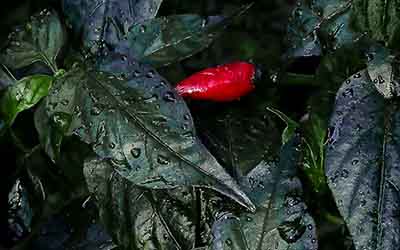
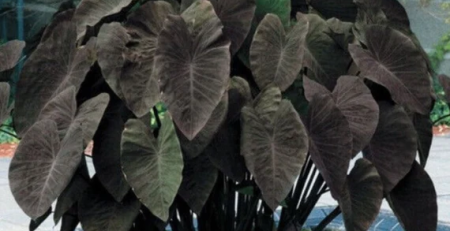
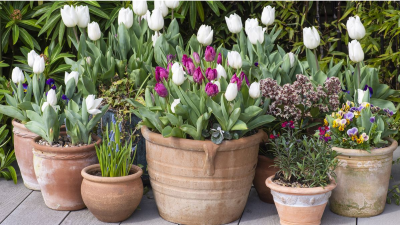
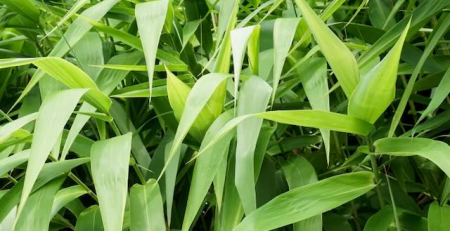
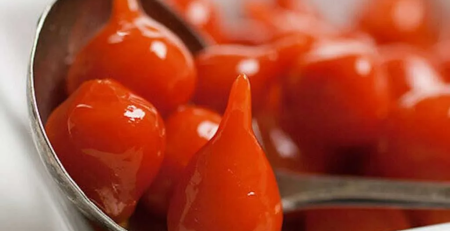
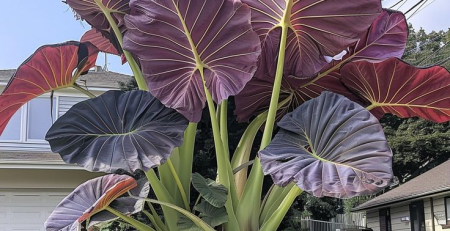
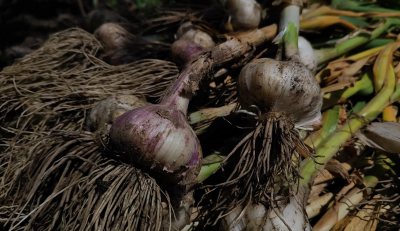
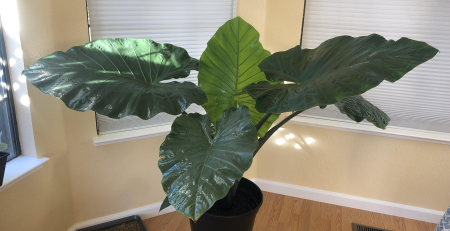
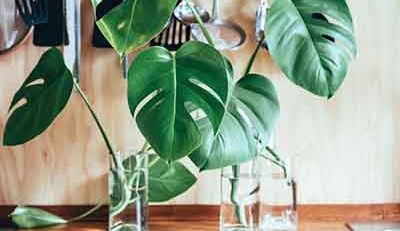
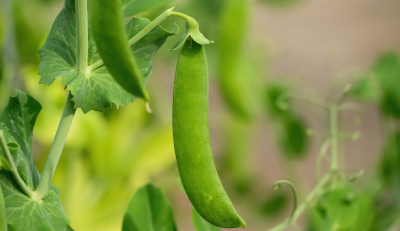
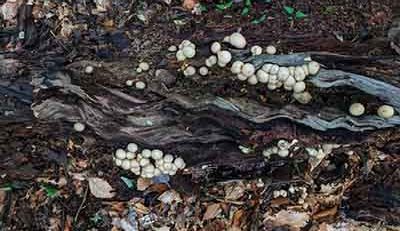
Leave a Reply